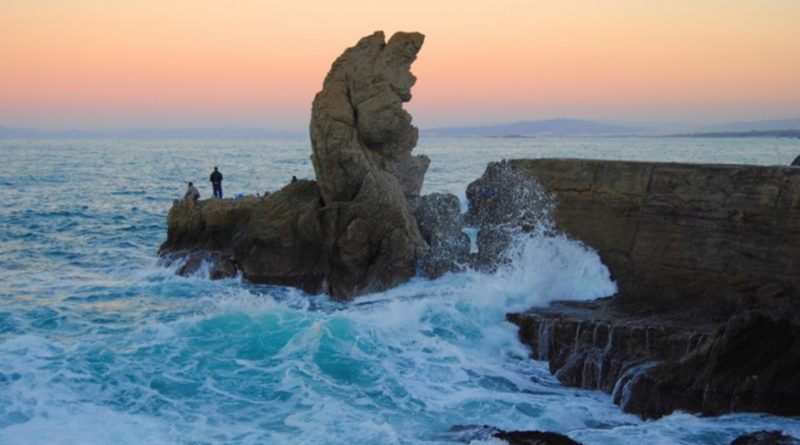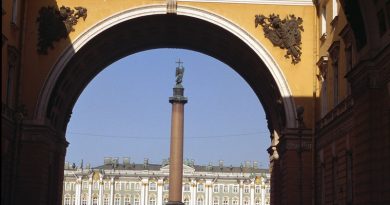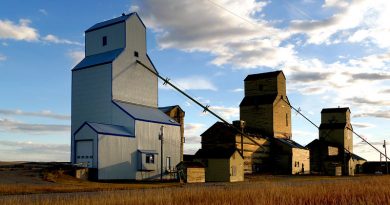ALGERIA: Top ten sites to visit in THE MEDITERRANEAN COAST
Algeria’s stunning Mediterranean Coast is well-known for its wealth of ruins from the Roman Empire. Despite this, these ruins often fly under the radar amongst tourists despite their spectacular beauty and historical richness. Algeria’s Mediterranean Coast shines a light on the country’s rich history, with its Roman ruins ranking amongst the finest and best-preserved on the continent. They are best epitomised by five key sites-Tipasa, Timgad, Djemila, Hippo Regius and Constantine. There is no better place to gain insight into the country’s distant past than the Mediterranean Coast.
Tipasa
This is perhaps the most accessible of Algeria’s Roman ruins, a short drive away from Algiers. The city’s origins began as a small trading post during Punic control of the region, before being transformed into a major military colony during the reign of Emperor Claudius. Located within a large pine forest, the ancient city has a wealth of ruins from a number of different periods, including Phoneician, Roman and Byzantine. These remain very well-preserved even in modern times, in part due to being surrounded by a large pine forest. The nearby city of Tipaza emerged in the years following French annexation of Algeria and is home to one of the country’s largest-speaking Berber populations.
Timgad
Nicknamed ‘the Pompeii of Africa’, Timgad also began life as a military colony under the reign of Emperor Trajan. It is considered to be one of the finest examples of Roman urban planning, due to its grid system. It is a short drive from the modern-day city of Batna and a long drive away from Algiers. Timgad was one of the most prosperous Roman cities on the continent, known for its wealth of impressive buildings which imported the grandiose image of the Roman Empire to an African setting. It was destroyed following a series of raids from the Vandals, the Aures and finally the Arabs.
Djemila
Perhaps the most beautiful of Algeria’s Roman ruins, Djemila is nicknamed ‘the Beautiful One’, and for good reason. Amongst the best-preserved Berber-Roman ruins in existence, Djemila reflects the country’s multifaceted history better than any other historical site. It is a rich combination of Roman, Christian, Muslim and Berber architectural styles. Abandoned in the 6th Century, it remains one of the finest examples of Roman urban planning and one of the country’s most spectacular sites. Its museum is one of the finest in Algeria, known for its lavish mosaic-adorned exterior.
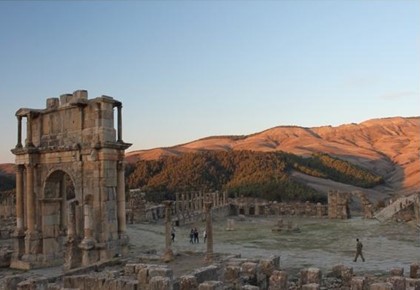
Royal Mausoleum of Mauritania
A stone’s throw from the ruins of Tipasa, the Royal Mausoleum of Mauritania is one of Algeria’s most iconic historical landmarks. Dating back to 3 BC, the mausoleum is a striking dome structure built by the final King of Numidia. It is known for its striking appearance and the mystery surrounding its construction. It was believed to have housed the remains of royalty figures Juba II and his wife Cleopatra Selene, but their remains have never been found.
Hippo Regius
Another spectacular historical ruin in the country’s Annaba province, Hippo Regius dates back to the time of the Phoenicians. Believed to have emerged during the 12th Century BC, the city was annexed by the Eastern Roman Empire in the 6th Century AD and remained under its control for a century before being conquered by the Muslims. The city’s ruins reflect the country’s extensive history and cultural diversity. Set amongst a beautiful backdrop, peaceful backdrop, Hippo Regius rests below the beautiful Basilica St. Augustine or ‘the Holy Elbow.’ This is one of the major landmarks of French colonial architecture in the country. Completed in 1900, it contains a statue of St. Augustine, the bishop of Hippo and a major figure in Christian theology.
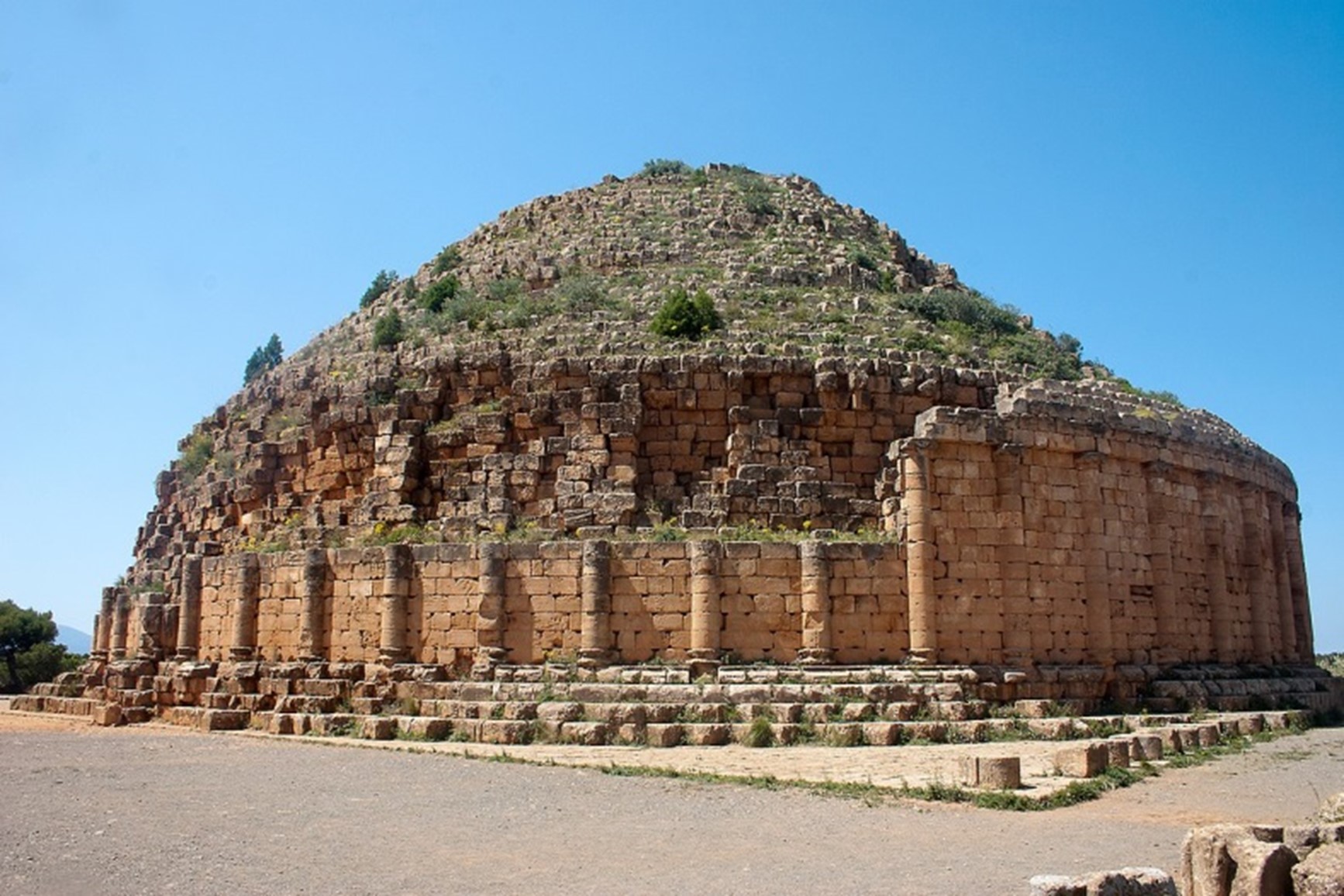
Constantine
Formerly known as ‘Thrace’, Constantine is the crown jewel of Algeria’s historical cities. Named for Emperor Constantine the Great, it is known for its spectacular natural backdrop as much as it is for its stunning historical ruins. The third-biggest city in the country after Algiers and Oran, Constantine is known for the huge chasm which splits the city down the middle. Having emerged during the Neolithic period, it was the capital during the Numidians’ dominance of the region before being annexed by Julius Caesar’s forces, retaining its prominence. It was razed by the Romans during a rebellion in 311 AD but rebuilt under Constantine’s orders. Its turbulent history continued through the centuries and can be traced as the birthplace of the Algerian Independence Movement of the mid-20th Century. It is known for its dramatic suspension bridges, which offer breathtaking sights of the immense historical and natural surroundings.
Khemissa
One of the lesser-known of Algeria’s many Roman ruins; Khemissa is best known for its well-preserved Roman theatre. The Thubursicum Numidarum is one of the best preserved ancient Roman theatres in the world. There is little else that has remained as well intact as this in the old town. Despite this, the ruins seamlessly blend in with the natural landscape, giving it a thoroughly unique character.
Lambaesis
A stone’s throw away from the Roman ruins of Timbad is the equally impressive Lambaesis. Established by the third Roman Legion Augusta around 123 AD during the reign of Emperor Hadrian. There are a number of well-preserved ruins in Lambaesis, with aqueducts, arches and baths still remaining intact. Due to its historical significance and well-preserved ruins, Lambaesis is one of the most fascinating yet undersign of Algeria’s Roman cities.
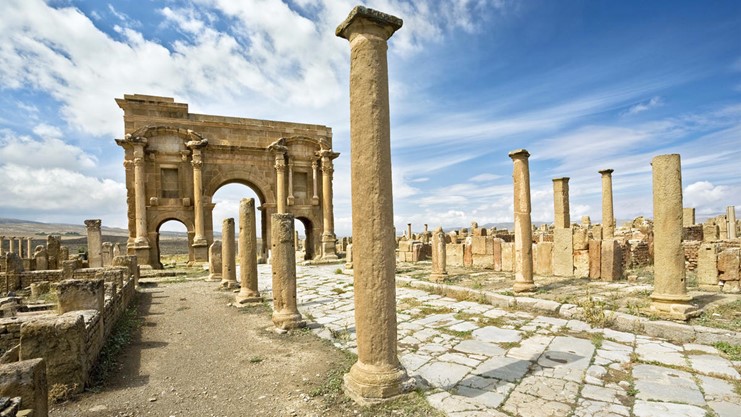
Barbary Coast
The Barbary Coast, although now a somewhat defunct definition, refers to the coast of North Africa occupied by the Berber population. According to modern definitions, Morocco, Tunisia, Libya and Algeria’s coastlines all fall under this region. Little is known about the widespread and lucrative slave trade which emerged in this region between the 16th and 18th Centuries, when it was under Ottoman rule. Over this long period, the Mediterranean was a virtually lawless region and a hotbed of widespread piracy, which allowed slavery to flourish. Many white European Christians fell victim and formed the backbone of a slavery market, distinguishing it from the larger African slave trade. Notable victims of the slave trade include the notable writer Miguel de Cervantes, author of the seminal work Don Quixote, considered in academic circles to be the first example of the modern novel. During his time as a soldier in the Spanish Navy, he was captured by pirates and held captive for five years, released upon the securement of ransom.

Food and Markets
Algerian cuisine shares much in common with the Mahgreb cuisine, which dominates Northwestern Africa. It reflects the cultural diversity of the region, exhibiting Mediterranean, Arab, Turkish, French and Berber influences. Notable dishes include Shakshuka, Couscous Marquez lamb sausage and the Brochette-a kebab-like dish served in French bread covered in spicy sauce.

